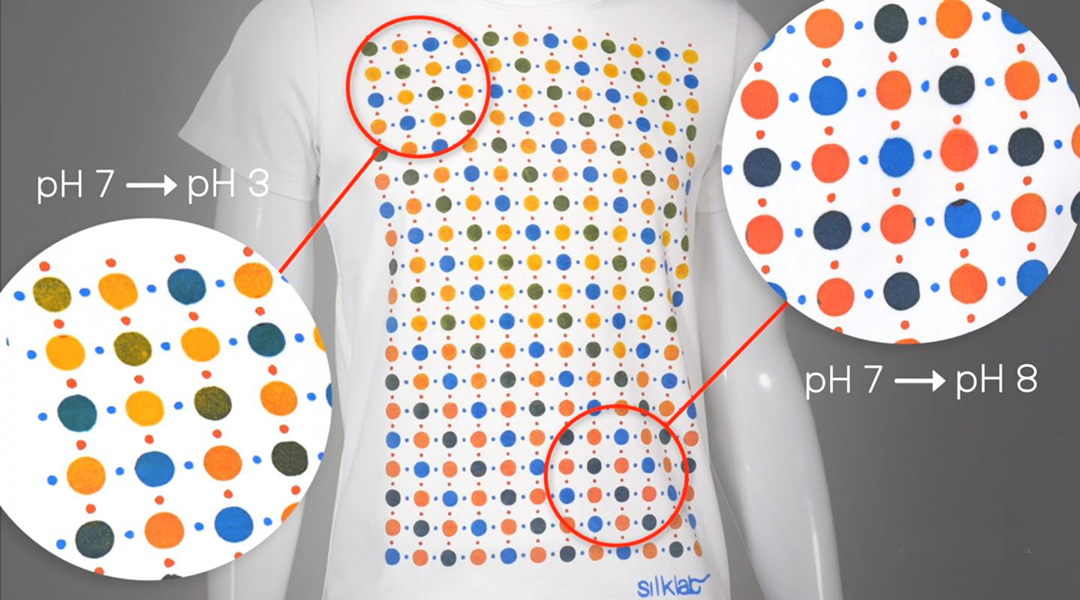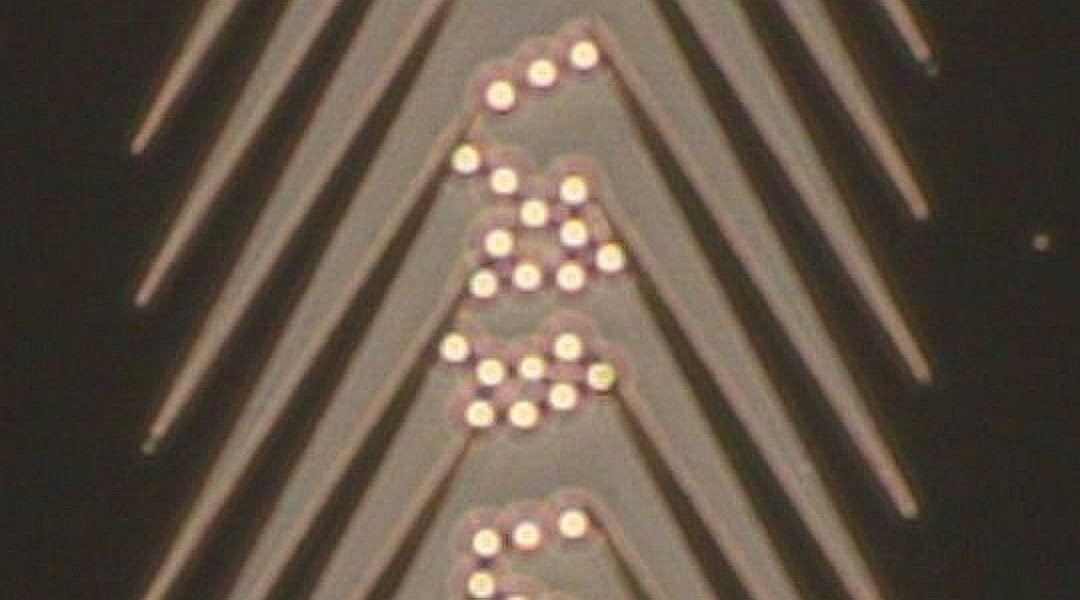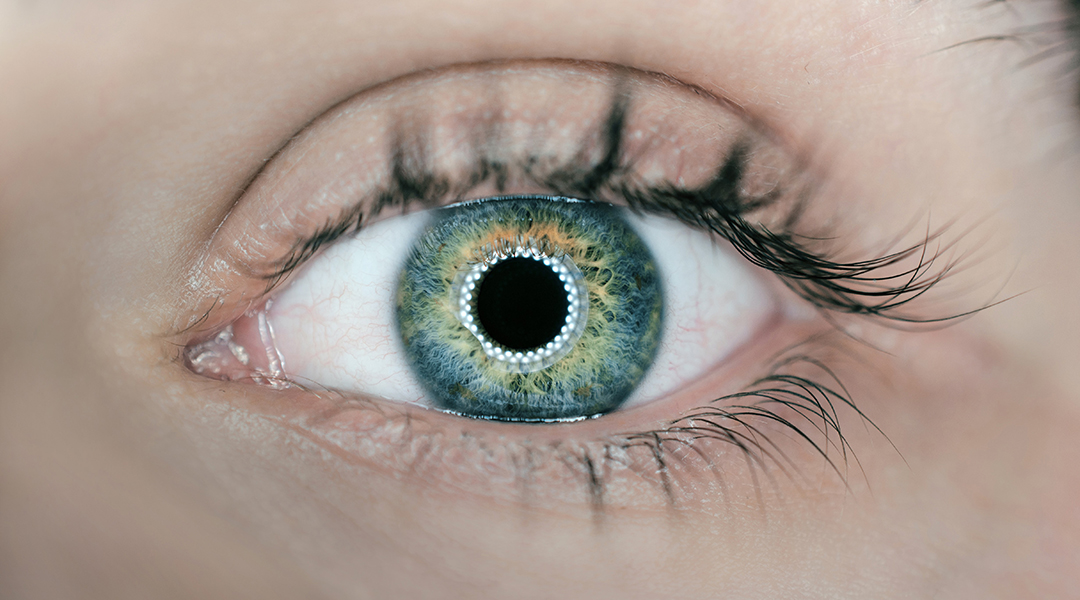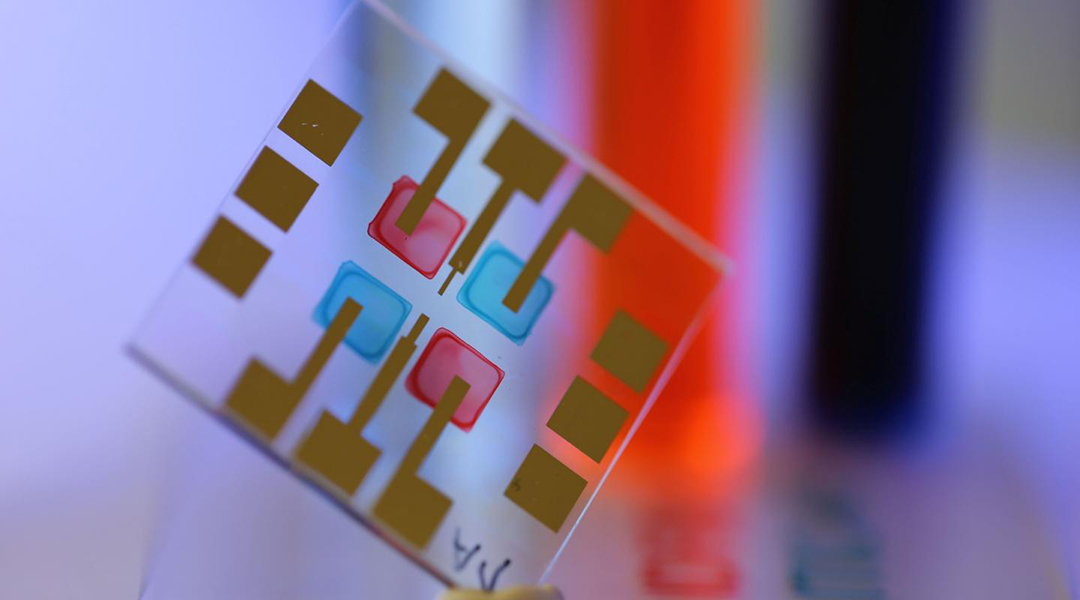Bioactive inks printed on wearable textiles can map conditions over the entire surface of the body, including possible pathogens.


Bioactive inks printed on wearable textiles can map conditions over the entire surface of the body, including possible pathogens.

Using an asymmetric sawtooth-shaped potential, researchers achieve transport of tiny molecules driven by particle crowding.

Scientists have developed a method for precise, fast, and high-quality laser processing of halide perovskites, promising light-emitting materials for solar energy, optical electronics, and metamaterials.

Near-infrared sensors and displays developed based on the maximized efficiency of optical wavelength conversion.

Researchers at Osaka University are helping to power portable sensors that do not use batteries by generating electricity from heat that is otherwise wasted.

A new, flexible, and self-powered sensor made by magnetoelectric materials can convert mechanical stimuli to electrical signals for robots with a “soft touch”.

Archimedean spirals for flexible heat actuator-sensor devices.

A wireless acoustic sensor that can be worn over fur could be especially useful for monitoring the vital stats of working animals such as sniffer dogs.

Smart contact lenses could revolutionize the way in which we monitor brain activity and diagnose neurological diseases.

Color-selective organic light sensors are produced by inkjet printing with semiconducting inks.